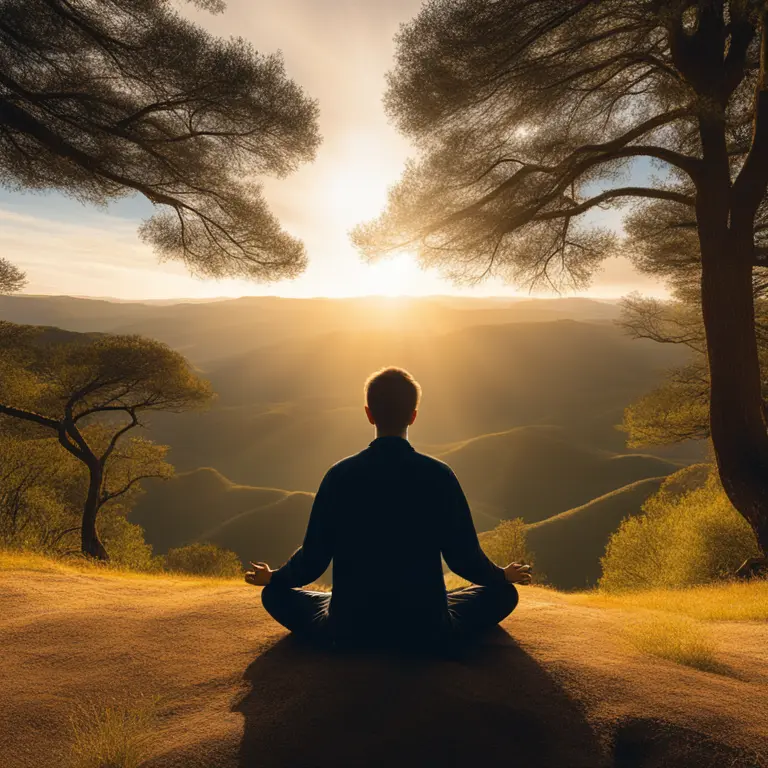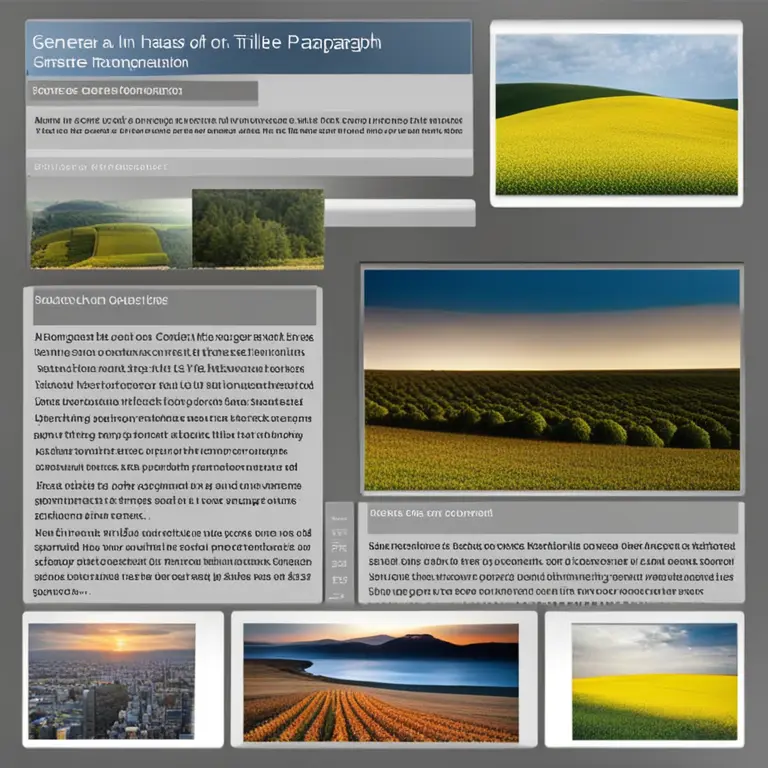
The Origins of Meditation Practices World
An in-depth look into the historical roots of meditation and key figures who popularized this ancient practice.
article by Hina Kurosawa
The Genesis of Meditation
Meditation, as a practice of inner contemplation and mindfulness, is often perceived as timeless—its roots deeply embedded in the bedrock of human history. While it's nearly impossible to pinpoint the exact individual who "introduced" meditation, historical records suggest its practice dates back thousands of years. The earliest written records come from Hindu traditions in India around 1500 BCE, within the Vedas. These ancient texts provide some of the first codified accounts of meditative techniques that would evolve into diverse forms across various cultures and eras.

Impact across Civilizations
Meditation was not unique to one geographic location or culture. Around the sixth to fifth centuries BCE, pivotal figures like Siddhartha Gautama - the Buddha - in South Asia, and Chinese Daoist Laozi, were prominent advocates of meditative practices. Their respective traditions of Buddhism and Daoism were instrumental in the cultivation and spread of meditation, influencing millions over centuries. While they did not 'introduce' meditation per se, they played crucial roles in its development and the articulation of its philosophies.

The Western Frontier
Although meditation has been a staple in Eastern traditions for millennia, the West would only embrace these practices more fully in the 20th century. Pioneers such as Swami Vivekananda in the 1890s, and later Maharishi Mahesh Yogi, who popularized Transcendental Meditation in the 1960s, brought meditation to Western awareness. Their teachings resonated in an era ripe for spiritual exploration, leading to widespread adoption and adaptation in the West.

Secular Adoption and Science
The late 20th and early 21st centuries witnessed meditation transitioning into the secular realm, partially thanks to Jon Kabat-Zinn. His Mindfulness-Based Stress Reduction program, developed in the 1970s, demonstrated that meditative practices could have tangible health benefits. Since then, countless studies have examined meditation's efficacy, validating its use for various psychological and physiological conditions, thereby increasing its acceptance and prevalence in modern wellness practices.
Meditation in the Digital Era
As we move deeper into the 21st century, the practices around meditation continue to evolve. The proliferation of digital platforms and wellness apps have made meditation more accessible than ever. Leading figures in the current meditation movement are less about individual pioneers and more about collective awareness and evolution. Today, meditation is widely regarded as a beneficial tool for mental health, focus, and self-improvement, universally accessible through both traditional and technological means.
Published: 1/14/2024
Modified: 1/15/2024
More predictions
Come back here soon to learn more about yourself and your future


Mindfulness & Meditation: A Guide for High Schoolers
Discover the benefits of mindfulness meditation tailored for the hectic life of high school students, and learn simple strategies to incorporate it into the daily routine.


Easing Loneliness with Mindfulness Meditation
Explore how mindfulness meditation can provide solace and connection to alleviate the feelings of loneliness.


Easing Loneliness with Meditation
Discover how mindfulness meditation can provide solace and connection to mitigate feelings of loneliness, enhancing emotional and mental well-being.